Favorite flowers for bees and other pollinators?
Ispahan Zone6a Chicago
12 years ago
Related Stories
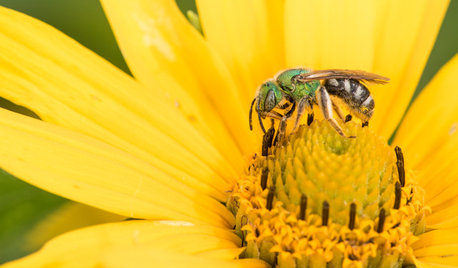
GARDENING GUIDESGreat Design Plant: Heliopsis Helianthoides, a Pollinator Favorite
Plant smooth oxeye in eastern U.S. gardens for its bright, sunny flowers and upright form
Full Story
NATIVE PLANTSPlant These Fall-Flowering Natives in Early Summer for Pollinator Love
These 3 groups of plants will support masses of beneficial insects come autumn
Full Story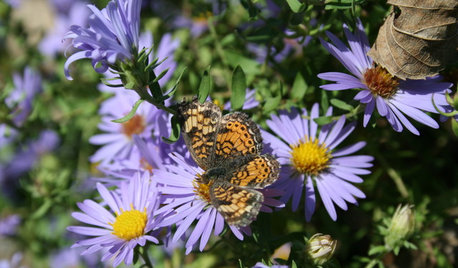
GARDENING GUIDESGreat Design Plant: Smooth Aster, the Wonder Pollinator
An insect nirvana with lovely near-blue petals, this low-maintenance aster strives to please
Full Story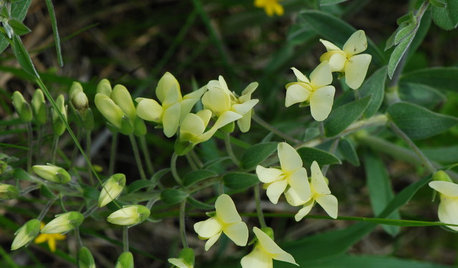
FLOWERS AND PLANTSPlant Baptisia Bracteata for Blooms Pollinators Will Love
Longbract wild indigo is great in dry soil, and its spring flowers attract butterflies and bumblebees
Full Story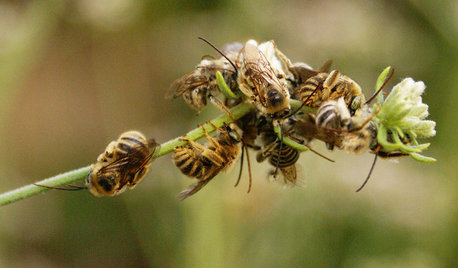
GARDENING GUIDESGreat Design Plant: California Buckwheat Pleases Pollinators
Beneficial insects go wild for this drought-tolerant plant’s summer flowers, while seed heads feed critters foraging in the cold
Full Story
GARDENING GUIDESAttract Hummingbirds and Bees With These Beautiful Summer Flowers
Roll out a welcome mat for pollinators to keep your landscape in balance and thriving
Full Story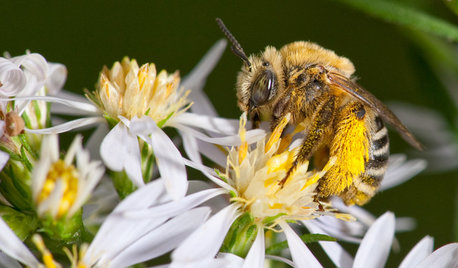
GARDENING GUIDESLook for Long-Horned Bees on Summer's Flowers
These insects are busy in the garden come summer and fall, pollinating sunflowers, coneflowers, asters and more
Full Story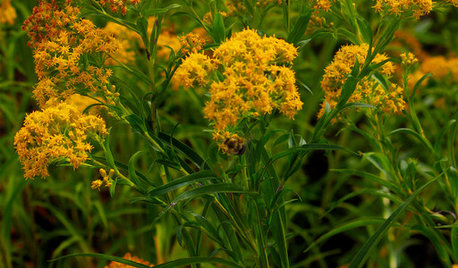
FLOWERS AND PLANTSThis Sunny Yellow Flower Helps Fall Pollinators and Landscapes
Oligoneuron riddellii’s distinct grass-like leaves and bright flowers jazz up the garden in the upper Midwest and Central Plains
Full Story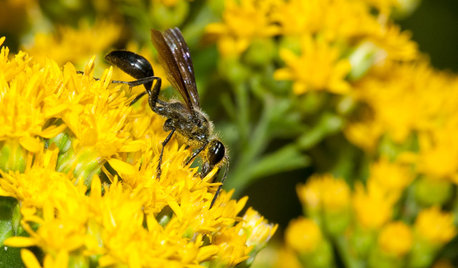
GARDENING GUIDESMeet the Grass-Carrying Wasp, a Gentle Pollinator of Summer Flowers
These fascinating insects nest in wood cavities and hollow plant stems
Full Story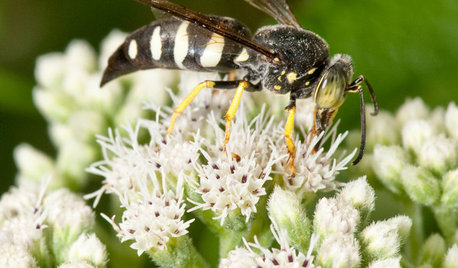
GARDENING GUIDESSand Wasps Keep True Bugs in Check and Help Pollinate Summer Flowers
Look for these solitary wasps nesting in sandy sites and foraging on flowers in July and August
Full Story





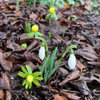

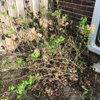
gardenweed_z6a
aftermidnight Zone7b B.C. Canada
Related Professionals
Ashland Landscape Architects & Landscape Designers · Harvey Landscape Architects & Landscape Designers · Allentown Landscape Contractors · Arden-Arcade Landscape Contractors · Bedford Landscape Contractors · Bowie Landscape Contractors · Brownsville Landscape Contractors · Dallas Landscape Contractors · Fort Worth Landscape Contractors · Lynwood Landscape Contractors · New Baltimore Landscape Contractors · Pahrump Landscape Contractors · Waipahu Landscape Contractors · York Landscape Contractors · Hawaiian Gardens Landscape Contractorsken_adrian Adrian MI cold Z5
echinaceamaniac
noinwi
gardenweed_z6a
gazania_gw
phoebe
faerygardener z7 CA
wieslaw59
aklinda
terrene
Ispahan Zone6a ChicagoOriginal Author
Thyme2dig NH Zone 5
skibby (zone 4 Vermont)
wieslaw59
Ispahan Zone6a ChicagoOriginal Author
Ispahan Zone6a ChicagoOriginal Author
coolplantsguy
phoebe
franeli
Linda G (zone 6a)
Linda G (zone 6a)
NHBabs z4b-5a NH
katob Z6ish, NE Pa
User
gardenweed_z6a
terrene
phoebe
diggerdee zone 6 CT
lightning96